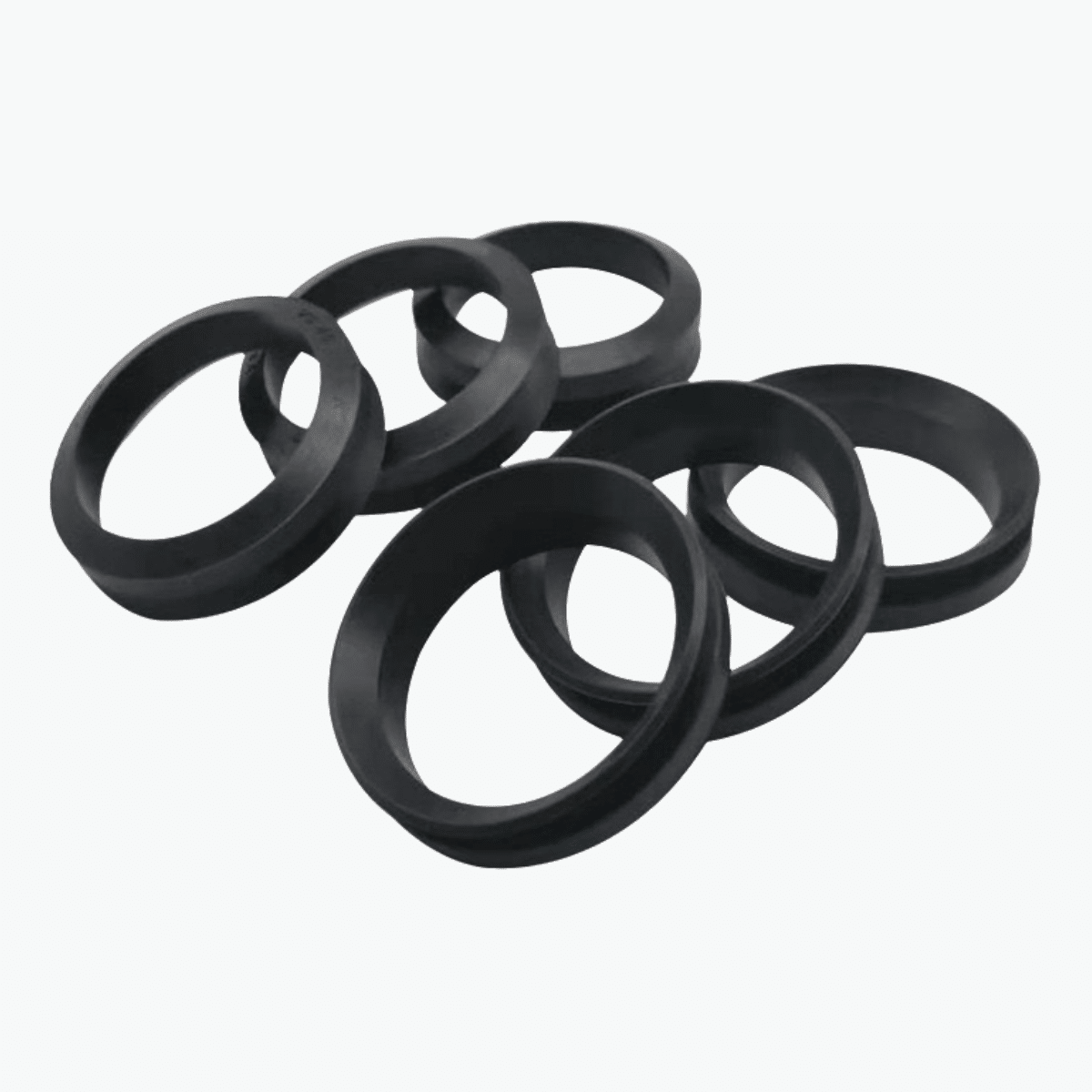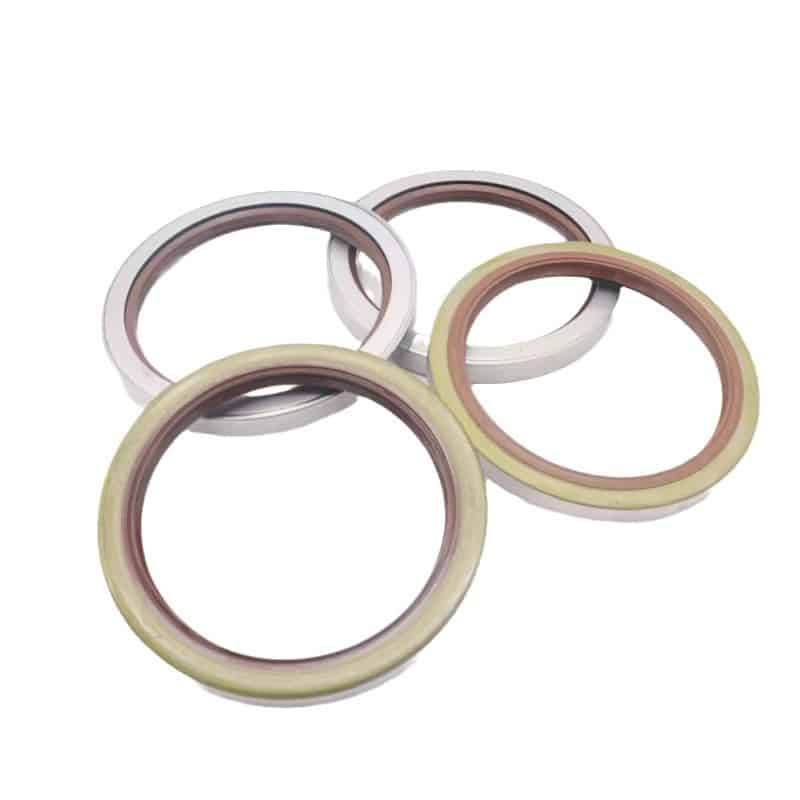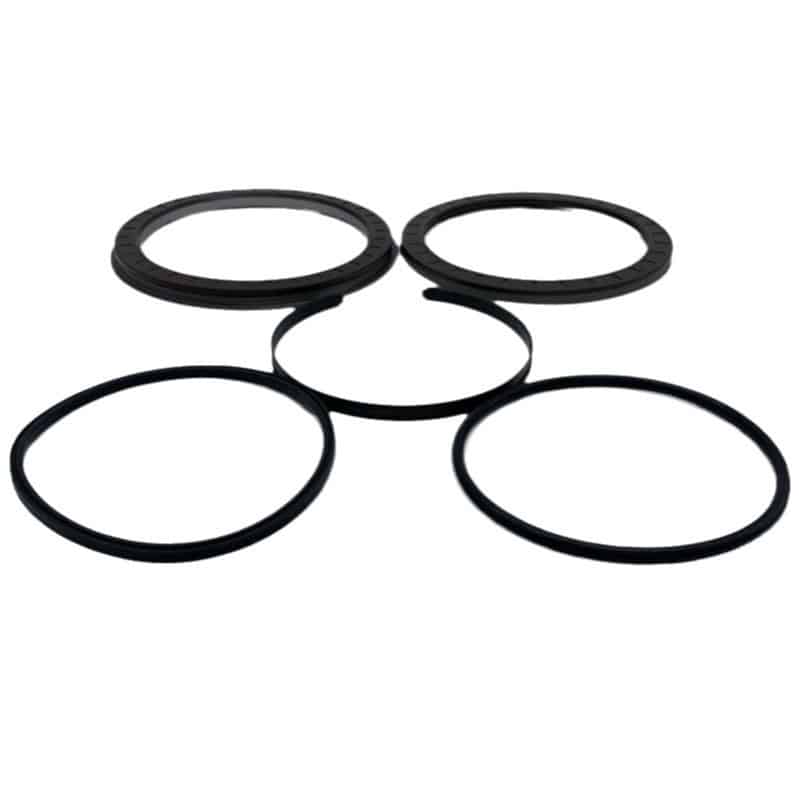Grease leaking near your front wheel? That could be your CV axle seal crying for help—and delaying repair might lead to costly CV joint damage.
CV axle seals are critical for keeping gear oil inside and contamination out. Replacing a faulty one is not as hard as you think—if you know the right steps and tools.

This guide walks you through how CV axle seals work, signs of failure, DIY replacement steps, and best seal options to keep your drivetrain sealed tight.
What is a CV axle seal and how does it function?
A CV axle seal (also called a transaxle seal) sits between the CV axle and the transmission. Its role? Keep gear oil or transmission fluid inside the differential, and stop debris from entering.
You’ll typically find CV axle seals on front-wheel drive and all-wheel-drive vehicles. When worn or damaged, they leak fluid near the inner edge of the front wheel.
| Component | Function | Common Wear Cause |
|---|---|---|
| CV Axle Seal | Seal fluid between axle & trans | Heat, pressure, worn shaft |
| Inner CV Joint | Transfer power to wheels | Grease loss from seal failure |
For a broader look at axle seals, read our axle seal basics guide.
What are the symptoms of a bad CV axle seal?
A failing CV axle seal usually shows up in three ways:
- Puddle or stain of gear oil near the wheel
- Visible transmission fluid on the axle shaft
- Clicking or grinding sound while turning

If left unchecked, the leaking fluid can damage the CV joint and reduce traction in AWD systems. Want to prevent that? We offer high-temp seals built for longevity.
How to replace a CV axle seal: step-by-step
Ready to go DIY? Here’s how to safely replace a CV axle seal:
- Jack up the vehicle and remove the front wheel
- Disconnect the axle nut and lower control arm
- Slide the axle out of the transmission or diff
- Use a seal puller to remove the old seal
- Clean the bore and install the new seal with a seal driver
- Reinstall the CV axle, nut, and wheel
- Refill any lost transmission fluid

We recommend using a proper installer tool—it ensures seal alignment and prevents leaks from uneven seating.
What causes CV axle seals to leak?
Over time, CV axle seals wear down due to:
- Constant movement and vibration
- Temperature swings
- Shaft corrosion or pitting
- Improper prior installation
In industrial or off-road use, abrasive dust or mud buildup also plays a role. If your vehicle operates in harsh conditions, check out our Vitons high-temp O-ring kit.
Which CV axle seal should I choose?
Look for a seal that matches your vehicle specs and usage:
| Material | Best For | Example Product |
|---|---|---|
| NBR | Standard city/highway driving | Nitrile Oil Seal |
| FKM | High-temp, off-road, long haul | FKM Oil Seal |
| PTFE | Chemical resistance, long life | PTFE Guide |
You can also explore our custom seal solutions for unique applications.
Conclusion
Replacing a CV axle seal is a simple task with the right tools and materials—and it protects your transmission and driveline from costly damage.
Need OEM CV axle seals or custom kits?
We provide CV axle seals tailored for front-wheel, all-wheel, and 4x4 systems—with OEM specs and custom size options.
📧 Email: [email protected]
📲 WhatsApp: +86 17622979498
Related topic
Rear Axle Seal Leak Guide
Axle Seal Replacement Cost Breakdown
Oil Seal Installation Without Leaks


